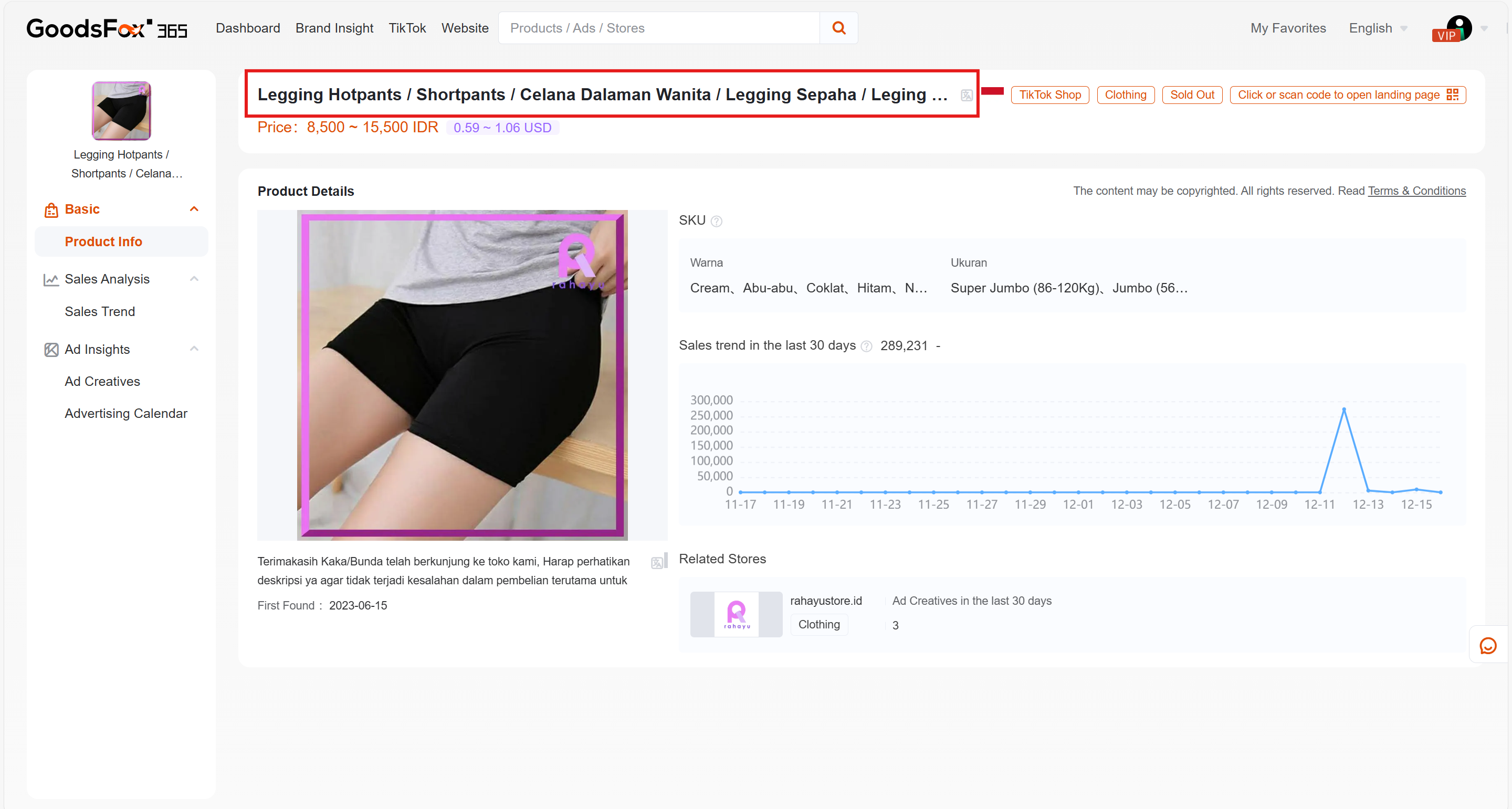With global online retail booming, cross-border e-commerce offers massive opportunities for sellers to expand into new markets. However, success in cross-border selling isn't automatic—it requires strategic planning and adaptation to new environments. This is particularly important for e-commerce businesses looking to grow internationally while navigating cultural differences, shipping complexities, and varying consumer behaviors.
In this post, we’ll explain why cross-border e-commerce is critical for online sellers, cover the key steps needed to succeed, and share actionable tips to thrive in global markets.
What is Cross-Border E-Commerce, and Why Does it Matter?
Cross-border e-commerce refers to online selling that transcends national borders, allowing retailers to reach customers in foreign countries. It is a rapidly growing industry as more consumers shop online internationally for unique products, lower prices, or better deals than those offered in their local markets.
For e-commerce sellers, cross-border selling offers access to larger, more diverse audiences and can lead to exponential business growth. However, this potential comes with challenges such as language barriers, international shipping, currency conversion, and legal compliance. Understanding these aspects is vital for ensuring a smooth and profitable entry into foreign markets.
How to Succeed in Cross-Border E-Commerce
1. Research Your Target Markets Thoroughly
Before launching into a foreign market, conduct deep market research to understand the demand, competition, and consumer preferences. Pay close attention to local shopping habits, product demand, and pricing trends. Platforms like Google Trends, Amazon, and local e-commerce sites can help you gather insights. You can also use GoodsFox to inquire about popular products in various countries and regions.

Source: GoodsFox
Understanding local culture and regulations also helps avoid costly missteps, ensuring your product aligns with what international customers expect.
2. Localize Your Website and Product Descriptions
To connect with foreign customers, localize your e-commerce website and content. This includes translating product descriptions and providing customer support in the local language. Localization is more than just language—tailor the user experience, considering local payment methods, currency, and units of measurement to build trust with your audience. On GoodsFox, you can view the original descriptions of various products, which helps to resolve language translation issues.

Source: GoodsFox
3. Optimize for International SEO
Search engine optimization (SEO) is critical for cross-border e-commerce success. Use international SEO techniques such as incorporating localized keywords, optimizing for local search engines, and creating country-specific URLs. Consider tools like Google Search Console to track international search performance.
Ensuring your site is visible in target markets improves your chances of attracting organic traffic and converting new customers.
4. Simplify Cross-Border Shipping
Shipping logistics can make or break a cross-border sale. Offer transparent shipping costs, including potential taxes or customs duties, and partner with reliable couriers to ensure smooth delivery. Many e-commerce platforms, such as Shopify and BigCommerce, offer integrated shipping solutions to help sellers manage international shipping complexities.
Consider offering local fulfillment or warehousing to reduce shipping costs and speed up delivery times for overseas customers.
5. Comply with Local Laws and Regulations
Each country has its own laws regarding e-commerce, data privacy, and consumer protection. Research and adhere to these regulations to avoid penalties or issues with your business. Key areas to focus on include:
- Tax compliance (VAT, GST)
- Consumer protection laws
- Data privacy laws (such as GDPR in Europe)
Consulting with a legal expert familiar with cross-border trade can help ensure full compliance.
Tips for Navigating Cross-Border E-Commerce
- Start Small: Begin by targeting one or two countries before expanding globally. This helps you refine your approach before committing to larger markets.
- Test Local Payment Methods: Offer local payment solutions such as Alipay, PayPal, or credit card options familiar to your target audience.
- Build Customer Trust: Provide clear product information, shipping times, and a responsive customer service experience in the local language to reduce cart abandonment rates.
Expanding your e-commerce business across borders can unlock immense growth potential, but it requires careful preparation and execution. By thoroughly researching markets, localizing your website, optimizing for international SEO, and simplifying shipping logistics, you can build a successful cross-border e-commerce strategy.
Ready to take your e-commerce business global? Contact us today to explore how our cross-border solutions can help you scale your business internationally! Whether you're just starting out or ready to grow, we offer tailored strategies for success.
LinkedIn: https://www.linkedin.com/in/goodsfox-helper-365450282/